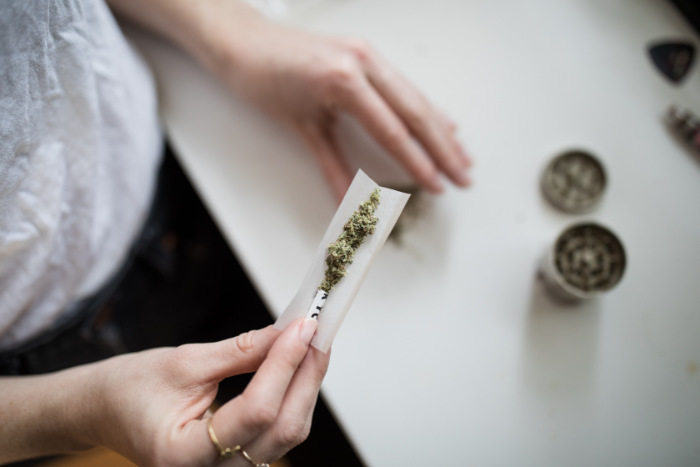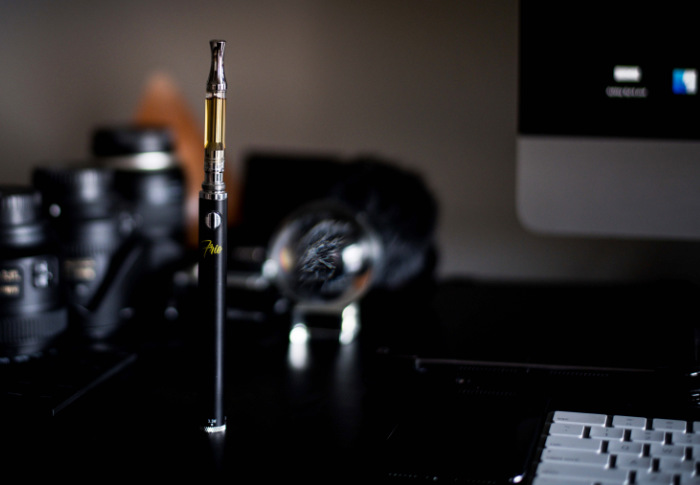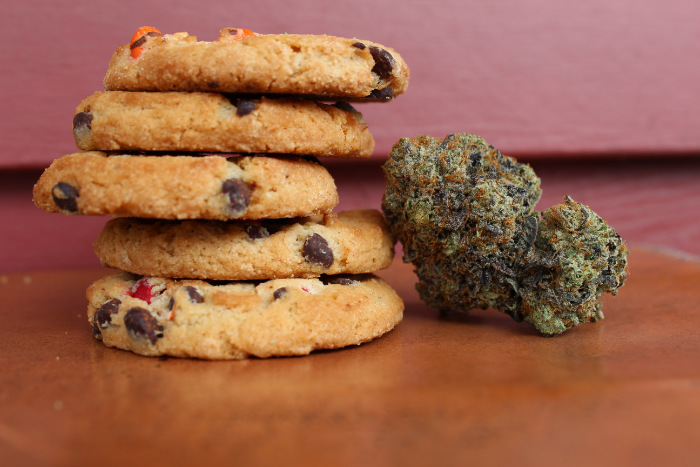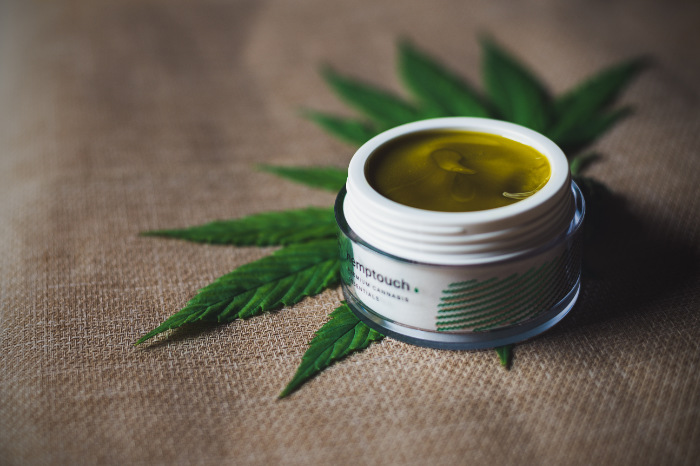The Methods

Smoking
Burning cannabis flower and inhaling it for rapid absorption into the bloodstream
Pros
Inexpensive, maintains the flavor of the strain, and quick activation time
Cons
Not recommended for those with lung or respiratory issues, flower continues to burn when the patient is not ingesting it, and strong odor
Vaporizing
Using a device known as a vaporizer to heat up oil containing high concentrations of Tetrahydrocannabinol (THC) to vaporize and inhale it.
Pros
Precise doses, discreet, and quick activation time
Cons
Some vaporizers are expensive and require some periodic maintenance


Edibles
Consuming a food product that contains a precise amount of Tetrahydrocannabinol (THC)
Pros
Precise doses, wide variety of flavors, discreet, and long-lasting effects
Cons
May require trial and error to figure out the best dosage for each patient and much longer activation time than other methods (typically at least 30 minutes)
Tinctures
Consuming an alcohol-based cannabis extract by placing it under the tongue or onto a prefered food prior to consumption.
Pros
Precise doses, discreet, and long-lasting effects
Cons
Delayed activation time compared to smoking or vaporizing


Topicals
Medical cannabis-infused lotions, balms, and oils that are absorbed through the skin for localized relief of pain, soreness, and inflammation.
Pros
Good for muscle spasms or pain in particular areas, discreet, and long-lasting effects
Cons
Little to no “high” and delayed activation time compared to smoking or vaporizing


